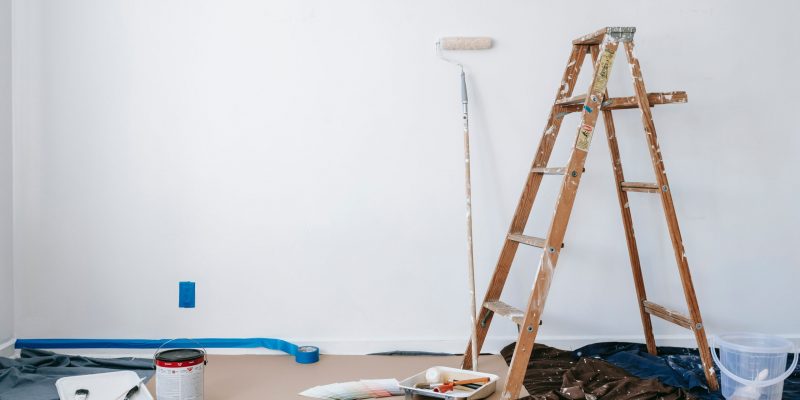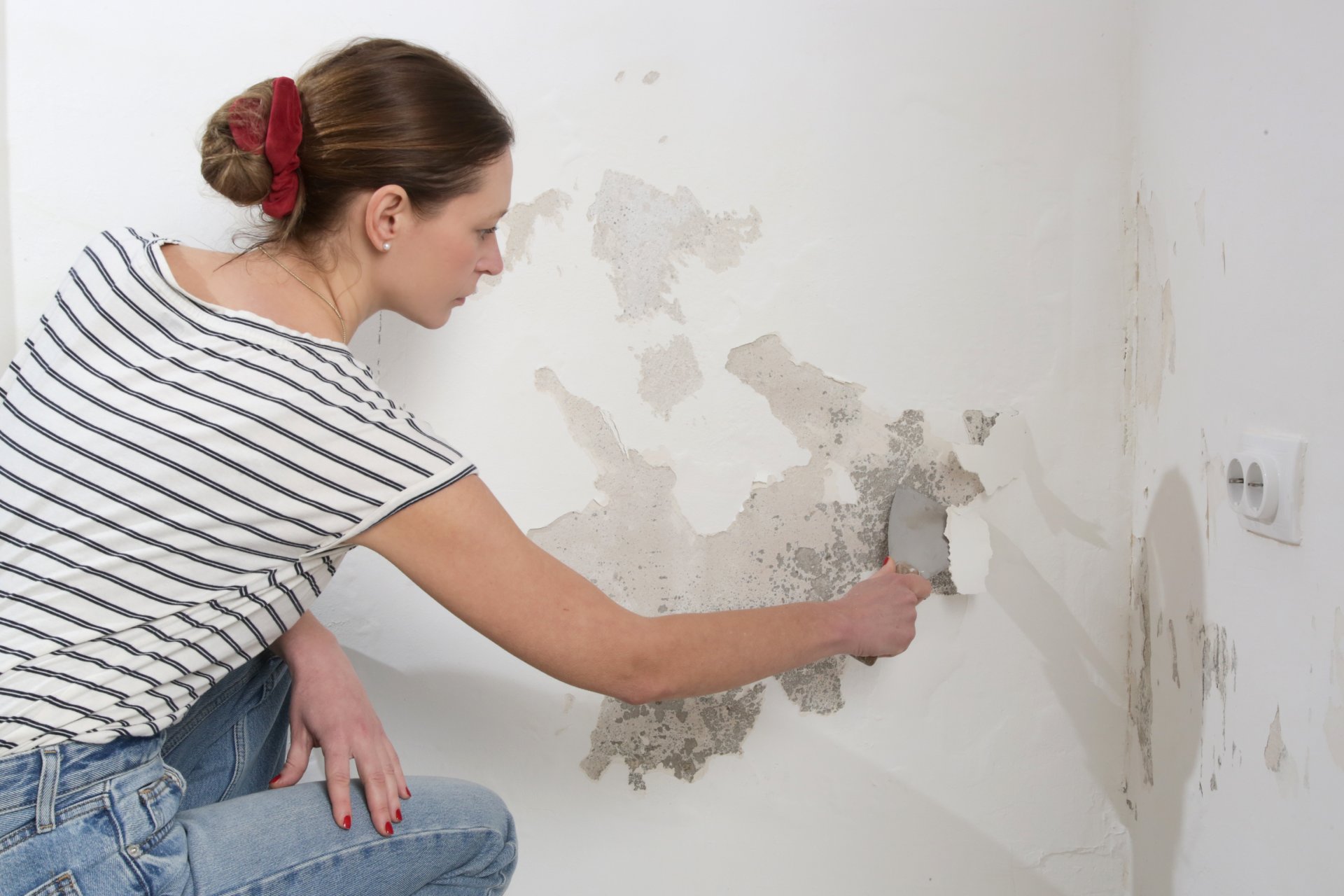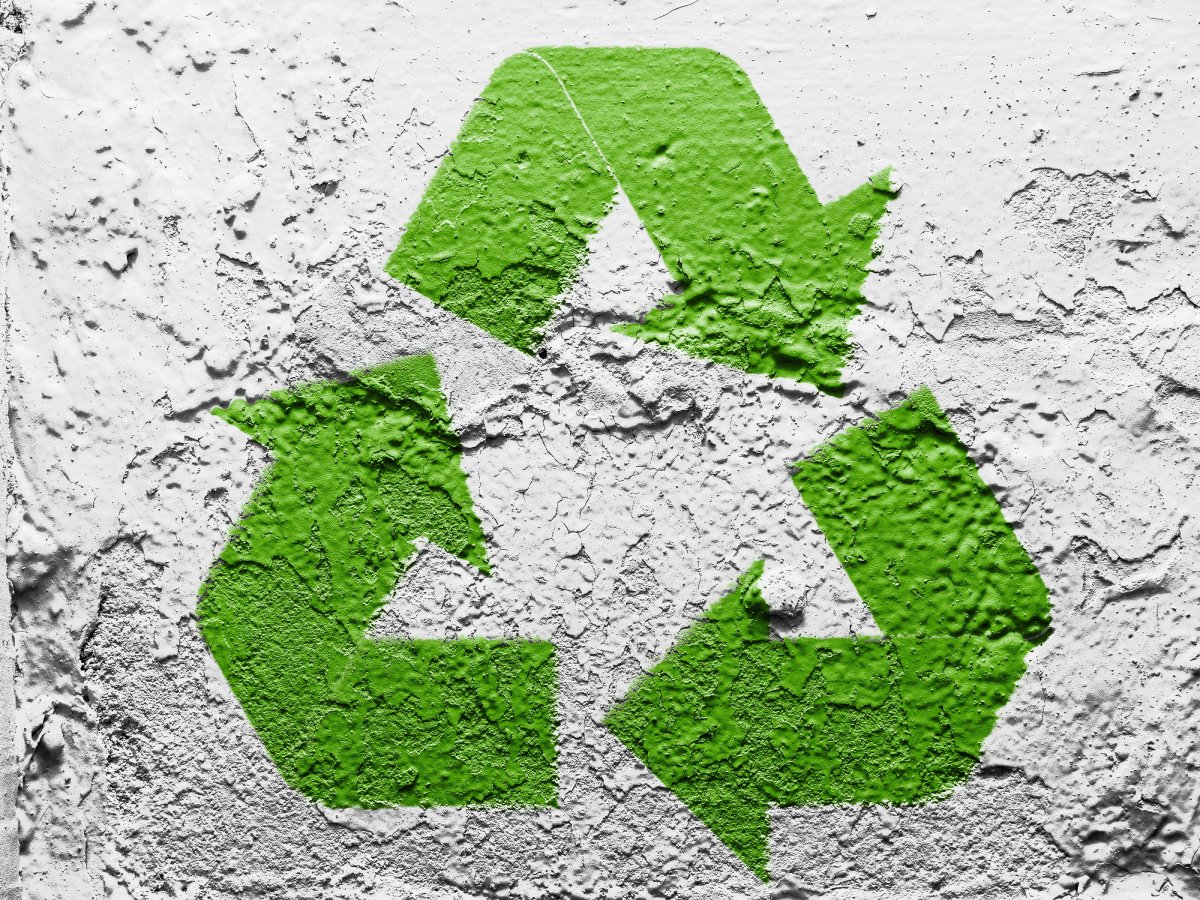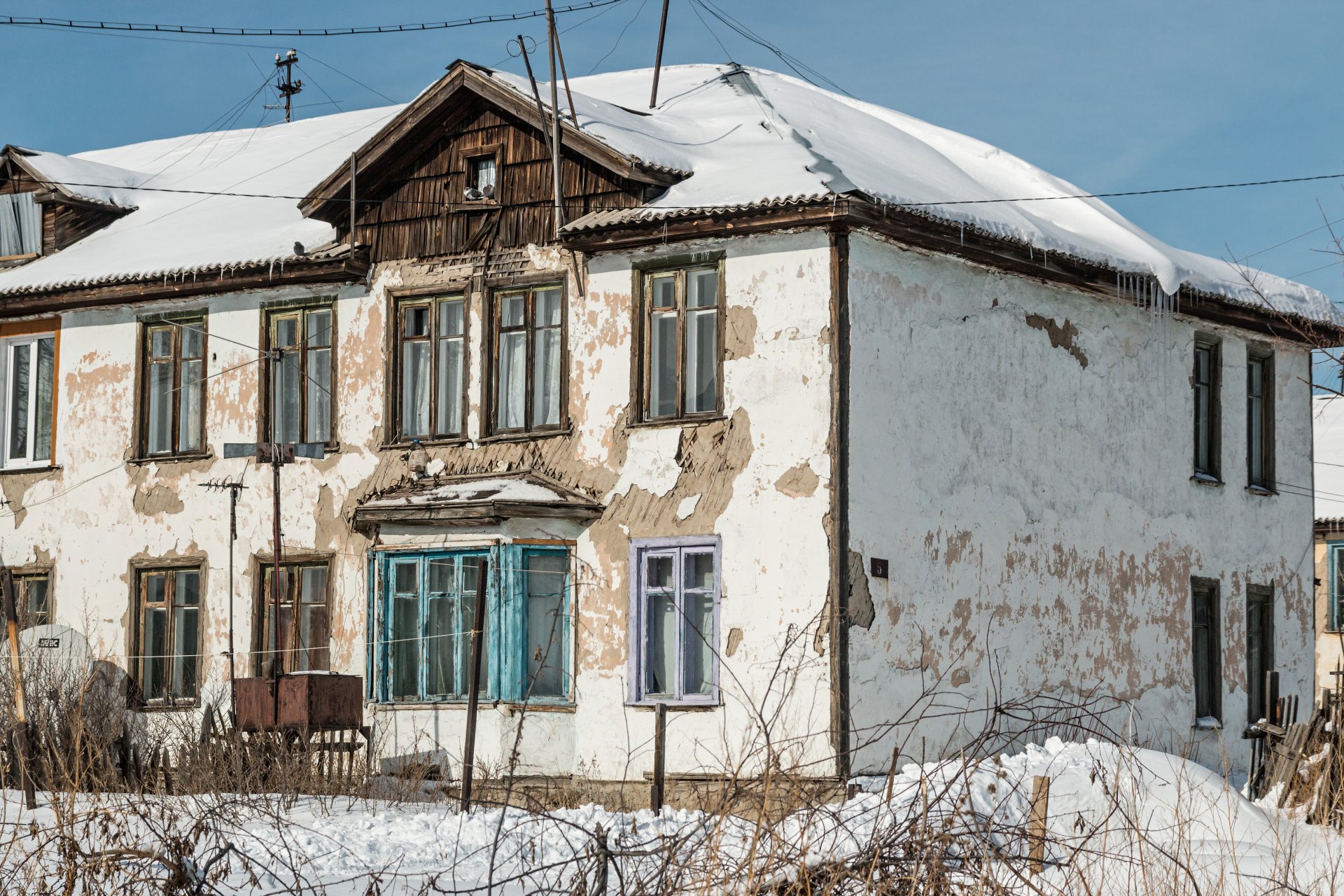As an incredibly versatile construction material, drywall is easy to install, durable, and inexpensive.
It’s also long-lasting with a lifespan of more than 50 years. That is until your toddler accidentally throws a baseball through your basement wall or your moving crew busts through the drywall while moving your dresser.
When disaster strikes, most people hope that fixing their busted drywall can be a DIY project.
However, repairs aren’t always possible.
Sometimes, you’ll need to replace the drywall entirely to ensure your home remains in solid shape.
So, repair or replace? Follow our guide for which course of action makes the most sense for you.
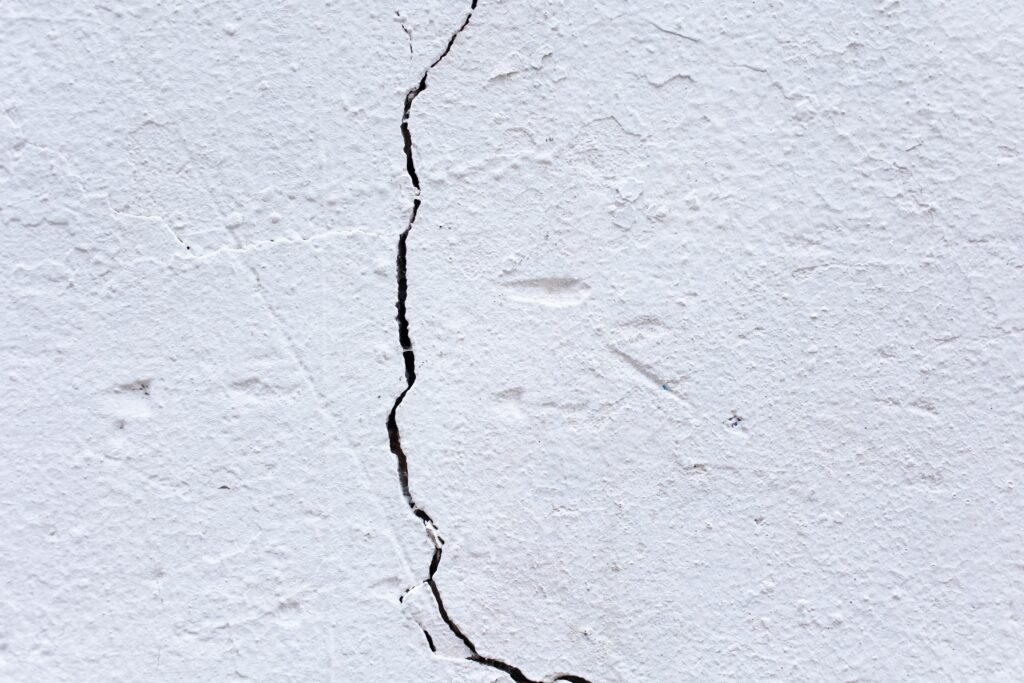
When to Repair Your Drywall
- Small holes
Small holes in drywall are easy for you to repair on your own. If a little furry friend has chewed threw your drywall and created a hole, then you’re well-equipped to seal these up. For holes less than half an inch in diameter, you can patch them using spackle before sanding and painting. If the hole is larger, mesh tape or a mesh patch can be used to cover the hole before sanding and priming.
- Small cracks
Cracks that are less than 1/8 inch wide (also called hairline cracks) can be repaired using spackle or drywall tape. If you notice larger cracks in your drywall, make sure you call a professional to evaluate as they can be a sign of a larger issue!
- Small dents
If you have a dent in your drywall created by a blunt object like a doorknob, then you can repair these yourself without replacing the entire section. Dents are different than holes because they don’t leave a hole in the surface.
When to Replace Your Dry Wall
- Large holes
Some holes can be addressed with a DIY approach. However, large holes should prompt you to replace the entire panel. They can cause a structural issue with the wall, reducing its strength. If your hole is larger than 5 inches across, or if you have a small, confined area with several small holes, then you should opt to replace instead of repair.
- Large cracks
Large drywall cracks may be the result of a misplaced which impacts the structural integrity of the wall. You can patch small cracks, but if you see a large crack running down your wall, call a professional to remove the drywall and diagnosis the underlying issue.
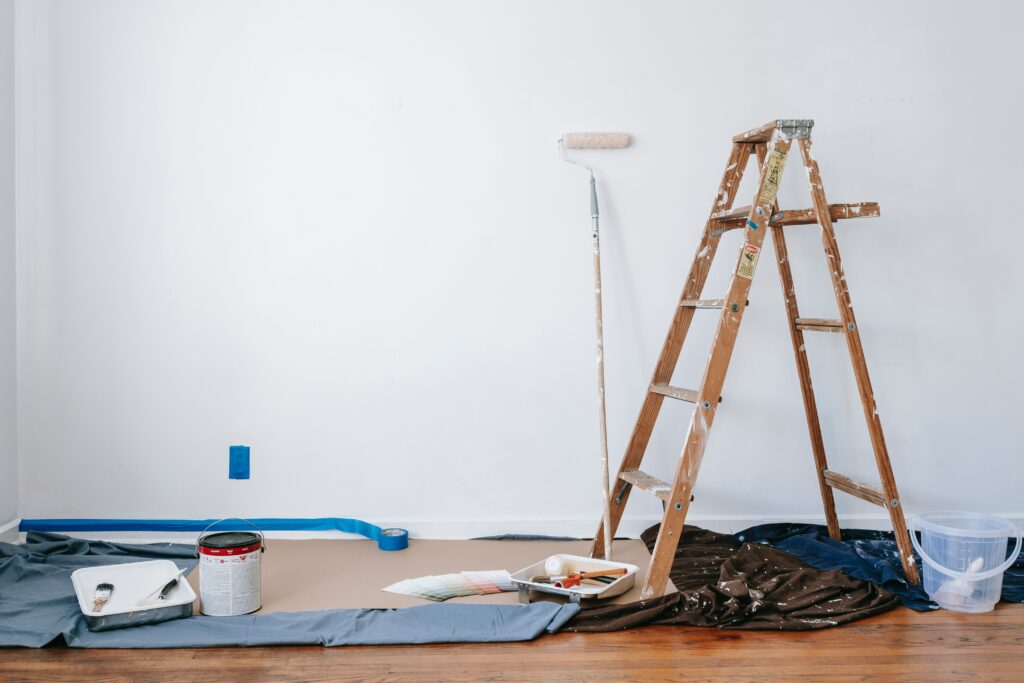
3. Discoloration
Discoloration can occur in drywall located in extremely humid climates. If you notice any discoloration in your walls or ceiling, then this could be the result of moisture in your walls. Ignoring this could result in the growth of mold and mildew which can harm your health. Always opt to replace your drywall and address the moisture at its source!
4. Water damage
Similar to moisture, any flooding or water damage mandates immediate drywall replacement. If you leave water in your walls, you’re asking for mold, bacteria, and allergens to grow.
5. Bulges
If you’re seeing bumps or bulges in your walls, you could be seeing the start of water damage in your drywall. Some people will try to patch or paint over these bulges, but you’ll likely have to address this issue in the future. It can often be advantageous (for both time and money purpose) to jump right to replacement.
6. Mold
As noted above, moisture in drywall is a no-go. It helps mold and mildew growth which can eat away at the organic materials ingredients which create this construction material and cause help issues.
Final Thoughts
While repairing your drywall can be an easy DIY project, replacing it often requires professional help. For large holes and cracks or any problems where your drywall has encountered water damage, make sure you reach out to a professional for your replacement project.
Installing Drywall in the Dallas, TX Area
Need professional help in the Dallas area? Contact Dallas Paints for a consultation with an experienced professional. We are happy to assist with your upcoming interior décor project from drywall, paints, textures, and more.
Call us at (214) 978-4400, or click here to get a free, clear, and fair estimate. Remarkable customer service and satisfaction are guaranteed!

